Ok, so know that your students understand the different types of nonfiction text features, we want to make sure that they are actually using them while they read.
Nonfiction text features are included to help readers deepen their understanding of the topic. We want to make sure they aren’t something that students quickly glance at and then move on. Instead, we want students to understand how to use nonfiction text features to help improve their understanding of the text.
So, I came up with a process that students can follow anytime they see a text feature in a book or article. This process will help students slow down and remind them that text features are included for a specific reason and we want to make sure we don’t just skip over them.
What should I do when I see a text feature?
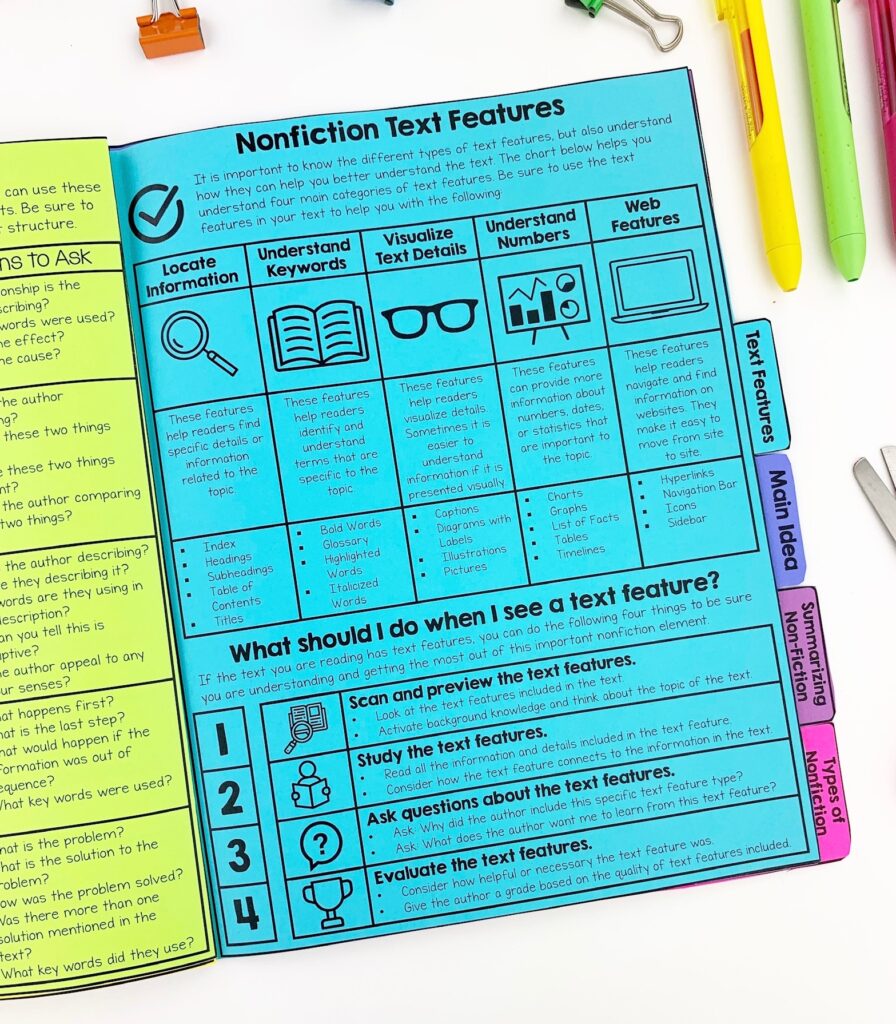
Step 1: Scan and preview the nonfiction text features.
The first thing we need to teach students to do is scan the text before they start reading and look for any text features the author might have included.
No matter what type of text feature it is, it can be helpful for students to know which features are included before they begin reading. Students should make a mental note of the types of text features included and notice how frequently the author is including text features.
If students notice the text does include some text feature, they should take the time to preview that text feature before they read the text. Previewing text features is also a great way to help students activate their background knowledge.
Step 2: Study the text features included.
Once students have identified the text features, we want them to actually study the text features before they begin reading the text. This step can also take place during the reading process, but I’ve found that often times once students begin reading, they don’t want to stop to study the text feature. So I usually encourage students to really pause and study the text features before they begin fully reading each section of text.
Here are some things your students might do when they are studying the text features:
- Read the table of contents and notice the names and lengths of the chapters
- Read the headings and subheadings.
- Look at the pictures and read the captions.
- Pay attention to the types of words that are bolded or italicized. Look to see if a glossary is included.
- Take note of the number and frequency of text features.
- Notice what information is presented in the text features.
Before they begin reading, they should think about how the information in the text features might connect to the information presented in the text.
Step 3: Ask questions about the text feature.
Once students have studied the text features, we want them to really start to think critically about what text features are included and the information that is presented in each text feature.
One of the best ways to promote critical thinking is by encouraging students to ask questions about the text features.
Students can ask questions like:
- Why did the author include this text feature?
- What information can I learn from this text feature?
- How did this text feature present the information in a different way than the text did?
- Did I need this text feature to fully understand the text?
Asking some of these questions also will help improve students overall comprehension of the nonfiction text and it helps them think about other things like the author’s purpose for writing the text and the main idea of the text.
Step 4: Evaluate the effectiveness of the text feature.
And then finally, we want students to evaluate how effective the text features are.
During this step, students are going to consider if the text feature was necessary and if it actually enhanced their reading experience.
You can even encourage students to assign the author a grade for each text feature for how effective it is.
Giving students the power to evaluate and judge what they are reading can also help validate their reading preferences and experiences. Just because a text feature was included in a specific text doesn’t mean it will help every single reader. When students evaluate text features, they start to notice which text features they find most helpful and how they use them when they read.
If a student starts to notice they always assign an “A+ rating” to maps and pictures and diagrams, then they will probably be more likely to pay attention to those features because they know how helpful they are in the reading process.
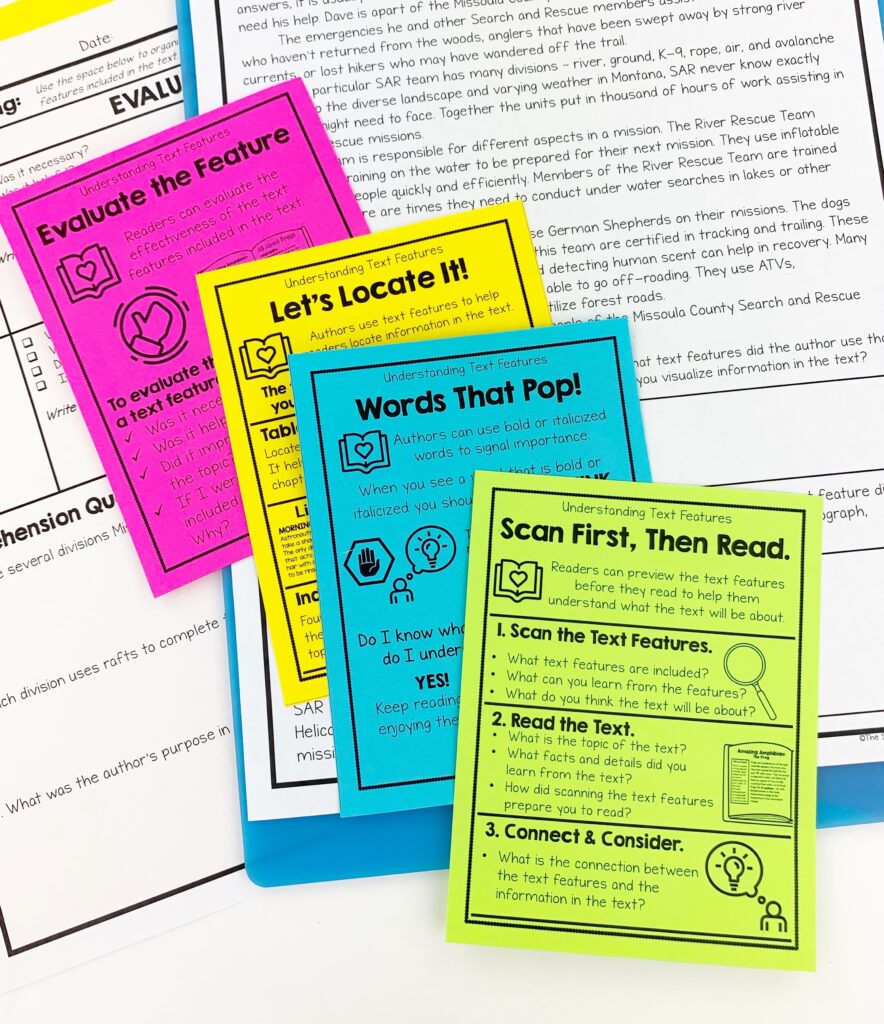
A process like this can be really helpful for students because it tells them the exact steps they can take when they notice a text feature is included in the nonfiction text they are reading. Consider adding this process to your lesson plans when you get ready to teach text features.
Put it into practice…
Now that you know the process for helping your students actually use nonfiction text features, you need to actually teach it to them.
Take a look at your upcoming lesson plans and decide when you will teach your students this process. Even if you’ve already taught your students the different types of text features, you can still do a quick mini-lesson to teach them this process.
If you’re looking for some resources to help you teach this process to your students, you can grab our nonfiction reference sheets. The text feature tabs explains the four-step process for using nonfiction text features.
Or you can check out our small group lesson plans for nonfiction text features. There are several lessons that will help you teach each step of this process. Don’t forget that if you are already a part of The Stellar Teacher Reading Membership, then you already have access to both of these resources.
I hope you start to notice your students being a little more intentional with how they are using text features!
Happy Teaching!


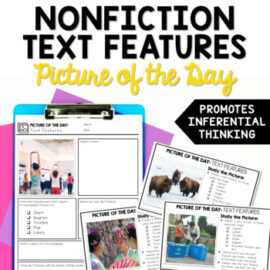
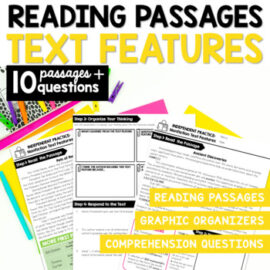
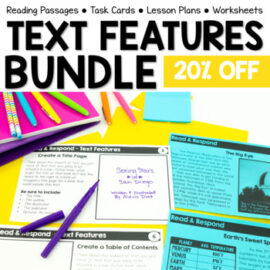

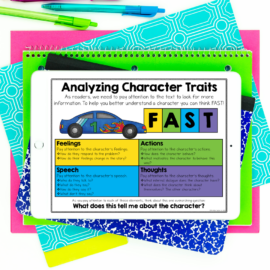
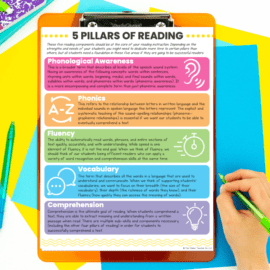









Leave a Comment
You must be logged in to post a comment.